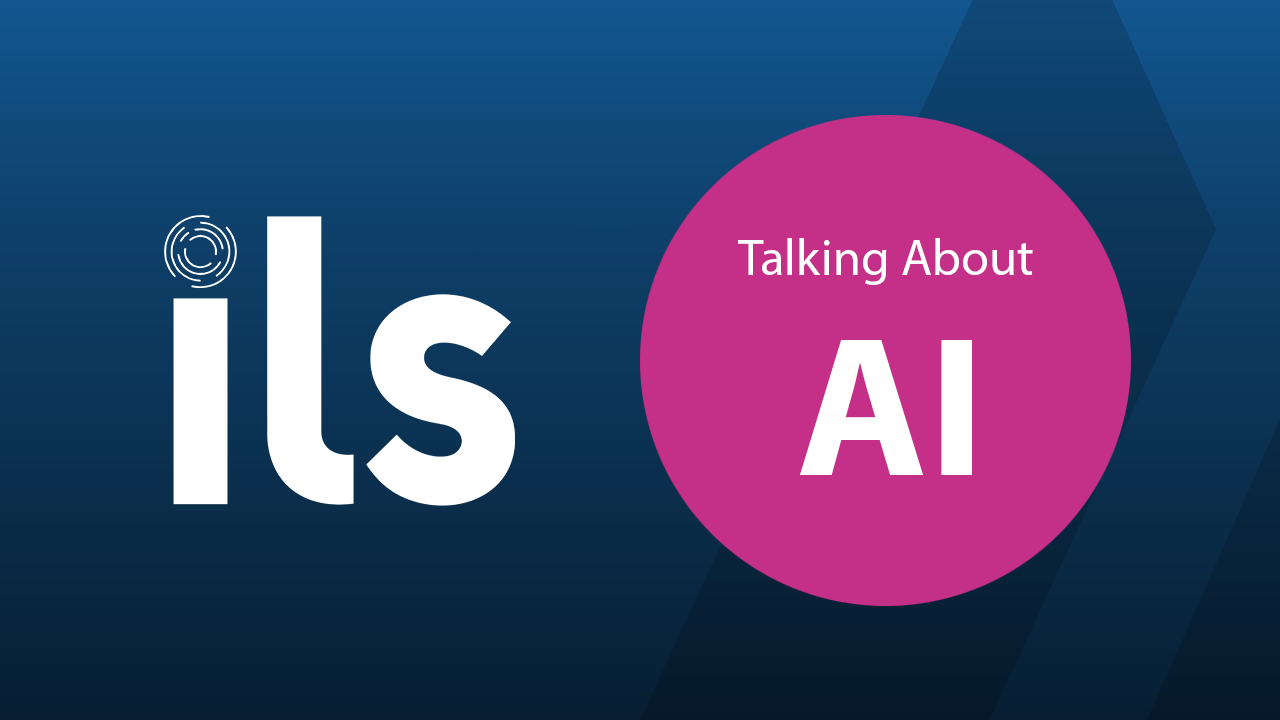Large Language Models (LLMs) have revolutionized how we analyze extensive document sets, offering a powerful solution combining advanced natural language processing with efficient information retrieval. One of the most promising approaches in this field is the Retrieval Augmented Generation (RAG) architecture, which enhances the capabilities of LLMs by integrating them with external knowledge sources.
RAG Architecture: Bridging LLMs and Document Analysis
RAG architectures create a synergy between LLMs and traditional information retrieval systems, mirroring the workflow of human legal teams. This approach involves two main steps:
- Document Retrieval: The system first identifies and retrieves the most relevant documents or passages from a large corpus.
- Deep Analysis: The retrieved information is fed into the LLM for comprehensive analysis, interpretation, and generation of insights.
Key Components of RAG Systems
Advanced Indexing
RAG systems utilize sophisticated indexing techniques to organize vast amounts of data efficiently. These indexes contain information about documents, including keywords, topics, and semantic embeddings, allowing for quick and accurate retrieval.
Query Understanding
LLMs excel at interpreting complex queries, understanding user intent, and making inferences based on syntax, semantics, and context. This capability enables users to locate specific information within large datasets more effectively.
Chunking and Enrichment
Documents are often broken down into smaller, semantically relevant chunks to optimize processing. To enhance retrieval accuracy, these chunks can be enriched with additional metadata, such as titles, summaries, and keywords.
Embedding and Vector Search
RAG systems frequently employ embedding models to vectorize document chunks and metadata. This approach allows for semantic similarity searches, uncovering relevant information even when exact keyword matches are absent.
Benefits of LLM-powered Document Analysis
- Contextual Understanding: LLMs can comprehend complex relationships between documents, identifying patterns and connections that might be missed by traditional keyword-based systems.
- Efficient Processing: RAG architectures can quickly sift through massive document sets by combining retrieval systems with LLMs, focusing the LLM’s analysis on the most relevant information.
- Adaptability: RAG systems can be applied to various domains and document types without requiring extensive retraining, making them versatile tools for different industries.
- Up-to-date Information: Unlike static LLMs, RAG architectures can access and incorporate the latest information from external sources, ensuring that analyses are based on current data.
Applications and Use Cases
RAG architectures have found applications in numerous fields:
- Legal Research: Analyzing case law, contracts, and legal documents to identify relevant precedents and extract key information.
- Scientific Literature Review: Quickly synthesizing information from vast research databases to support literature reviews and meta-analyses.
- Business Intelligence: Analyzing market reports, financial documents, and internal communications to derive strategic insights.
- Healthcare: Processing medical records, research papers, and clinical trial data to support diagnosis and treatment decisions.
Future Directions
As LLMs and RAG architectures continue to evolve, we can expect to see:
- Improved Multimodal Analysis: Integration of text, image, and audio data for more comprehensive document analysis.
- Enhanced Reasoning Capabilities: Development of more sophisticated “agentic” RAG systems that can autonomously perform complex, multi-step analyses.
- Greater Customization: Fine-tuning of RAG systems for specific domains and tasks, leading to even more accurate and relevant results5.
In conclusion, LLMs, particularly when integrated into RAG architectures, offer a powerful solution for analyzing large document sets. By combining the strengths of traditional information retrieval with the advanced language understanding capabilities of LLMs, these systems are transforming how we extract insights from vast amounts of textual data across various industries and applications.


